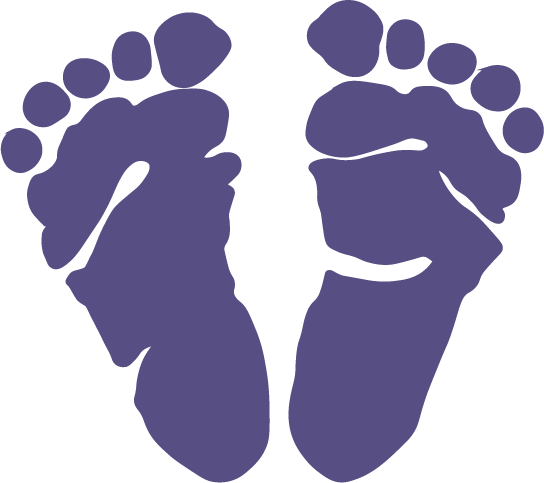From the American Academy of Pediatrics;
Each child has different skills and needs that can guide parents in helping him or her brush.
Tips to Help Young Children Practice Brushing & Make It A Good Experience:
- Choosing a toothbrush. Use a soft-bristled toothbrush designed for brushing an infant’s or child’s teeth.
- Holding a toothbrush. If the child has trouble holding a toothbrush, try making the handle thicker by putting it inside a tennis ball. The toothbrush handle can also be strapped to the child’s hand with a wide rubber band, a hair band, or Velcro. Toothbrushes with thick handles can also be found in retail and discount stores.
- Teaching the child how to brush. Break the process into small steps that the child can understand and practice. Ask a dentist, dental hygienist, occupational therapist, or early childhood specialist for help, if needed. Another way is to place a hand over the child’s hand to guide the toothbrush as the child brushes.
- Using toothpaste with fluoride. Use toothpaste with fluoride that the child likes and that feels good in his or her mouth. An adult should always place toothpaste on the toothbrush.
- For children under age 3: Use a small smear of flouride toothpaste (or an amount about the size of a grain of rice).
- For children ages 3–6: Use a pea-size amount of flouride toothpaste.
- If a child cannot spit: Have the child tilt his or her mouth down so that the toothpaste can dribble out into the sink, a cup, or a washcloth. Since the fluoride in toothpaste is clearly meant to be swishes but not swallowed, make sure to help or watch the child while brushing. When she is old enough, tell her to spit out the toothpaste after brushing.
- Positioning the child. There are many ways a child can be positioned to make the child feel comfortable and allow an adult to brush his or her teeth.
- Keeping the child engaged in brushing. Use a timer, a short song, or counting as a game to encourage brushing for 2 minutes.



